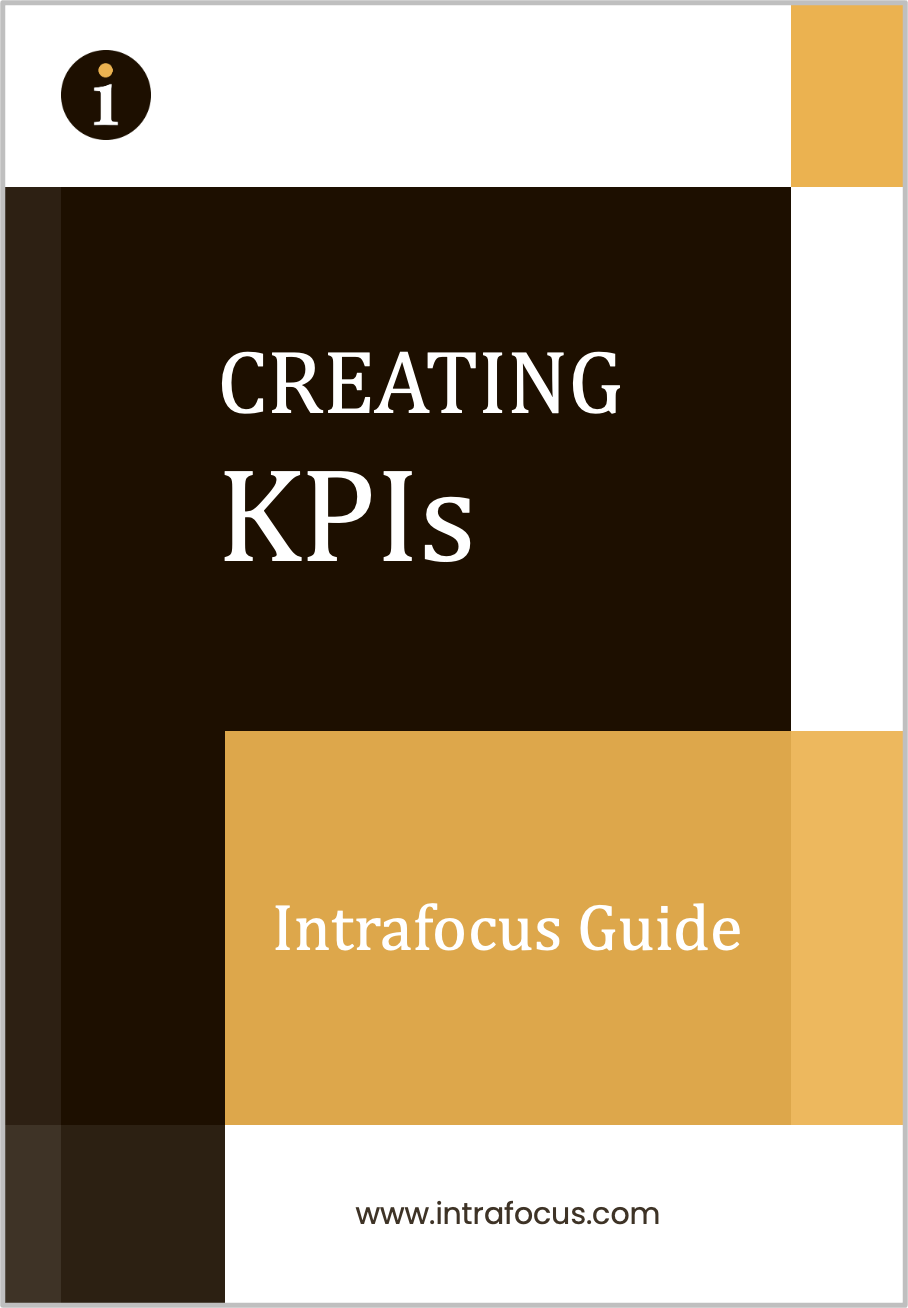by Clive Keyte.
Evidence-Based Management may have its roots in medicine. But – thanks to books such as The Intelligent Company by Bernard Marr and Evidence-Based Management by Eric Barends and Denise M. Rousseau, the approach has gained a powerful following amongst leaders in the commercial sector (along with other disciplines that include public policy, education and criminology.)
Evidence-based management
So what exactly is evidence-based management, or EBM, and how does it apply to commercial businesses? The main tenet of the approach is that any management decision should be predicated on:
a) critical thinking, combined with
b) the best evidence, available at the time.
What counts as ‘evidence’?
So far so good, but what exactly do we mean by evidence? In this case, it could be a blend of industry facts, internal data, market research or another quality source of relevant information that helps us to critically analyse our thinking. This could range from scientific and peer-reviewed research or an internal financial report through to professional experience.
This evidence base should be applied to any assumption, claim or hypothesis that we consider as managers – before we take a course of action. By taking this robust and thorough approach to decision-making, all managers are charged with using the tools at their disposal to make evidence-based decisions, rather than ‘gut’ or knee-jerk decisions.
Why is EBM so important?
Even in today’s business climate, too many managers overlook evidence in favour of vague ‘best practices’ and published war stories from leading CEOs. Anecdotes, existing cultural practices, personal preconceptions, the famous ‘gut feel’ and other factors weigh in heavily and lead even the most analytical people to ignore the data in front of them in favour of what they think or feel – or what their peers are suggesting. (Consider here other known phenomena here such as ‘Groupthink’ – where informed and rational groups of people end up making irrational decisions because they don’t want to question the power of the group!)
What are the benefits of Evidence-based management:
- EBM improves the quality of decision-making across your organisation
- It makes it easier to have difficult conversations; removing the emotion from charged situations and replacing these natural human feelings with the power of data
- EBM gives junior managers the data that they need to be heard by more senior business leaders – and to challenge the status quo
- Similarly, the use of evidence allows managers to tackle difficult or emotive subjects – removing high feeling from the equation and enabling clear and objective discussion in a way that can lead to better decision making.
- This framework allows business leaders to more confidently delegate. If a culture of EBM can be built within an organisation, with the right data, systems, automation and training in place to provide that necessary body of data, delegation can occur.
- It can be applied to enable better decisions in all areas that require good management; financial management, training, performance management, employee evaluation, innovation and entrepreneurship, mergers and acquisitions, goal setting, motivational techniques, downsizing, product development… the list goes on.
The importance of training and investment
It’s crucial to note, however, that EBM as a philosophy may be easy to get to grips with, but it requires training and investment to be a success in an organisation. For example, the right kinds of KPI software and automation systems must be developed, so that reliable data can be gathered, reviewed and interrogated.
Similarly, managers must be trained so that they can learn to work confidently with data; developing the necessary skills of critical analysis and application of evidence, as well as the tools needed to sift data and identify valid, appropriate and qualified data from varied data sets. Essentially, managers must be supported as they learn to think in a scientific way, and to realise when they are applying a subjective bias to a judgement – rather than an evidence-based decision.
The key takeaways for business leaders
EBM reminds us that, although measurement as a business activity is essential – its true value can only be unlocked when we measure the right things, and not too many things. Once we have that measurement in place, we must analyse it to identify where there are performance gaps – and then further interrogate underpinning measures, objectives, tasks and initiatives to see where the root of the problem may exist.
Furthermore, the resulting analysis must be carried out carefully, and without knee-jerk reactions. Just because a single KPI turns red, it doesn’t mean that our business strategy is wrong, or our operation is off-course or failing in some way. We use the evidence to investigate the root of the problem, and then our managerial skills to assess it fully and holistically – before deciding on the right course of action.
In conclusion
Evidence lies at the heart of all good decision-making, and EBM can be a valuable tool for businesses looking to get the most from their business strategy. Keen to find out more? Please contact the strategy experts at Intrafocus. Whatever stage of your business strategy journey, and whatever industry you operate in – profit, non-profit or third-sector, we can help you to unlock true value from your efforts, and support your management team. Contact us today to discuss your needs, and we will be delighted to assist.
Resources:
- The Intelligent Company by Bernard Marr – from Amazon
- Evidence-Based Management by Eric Barends and Denise M. Rousseau – from Amazon



